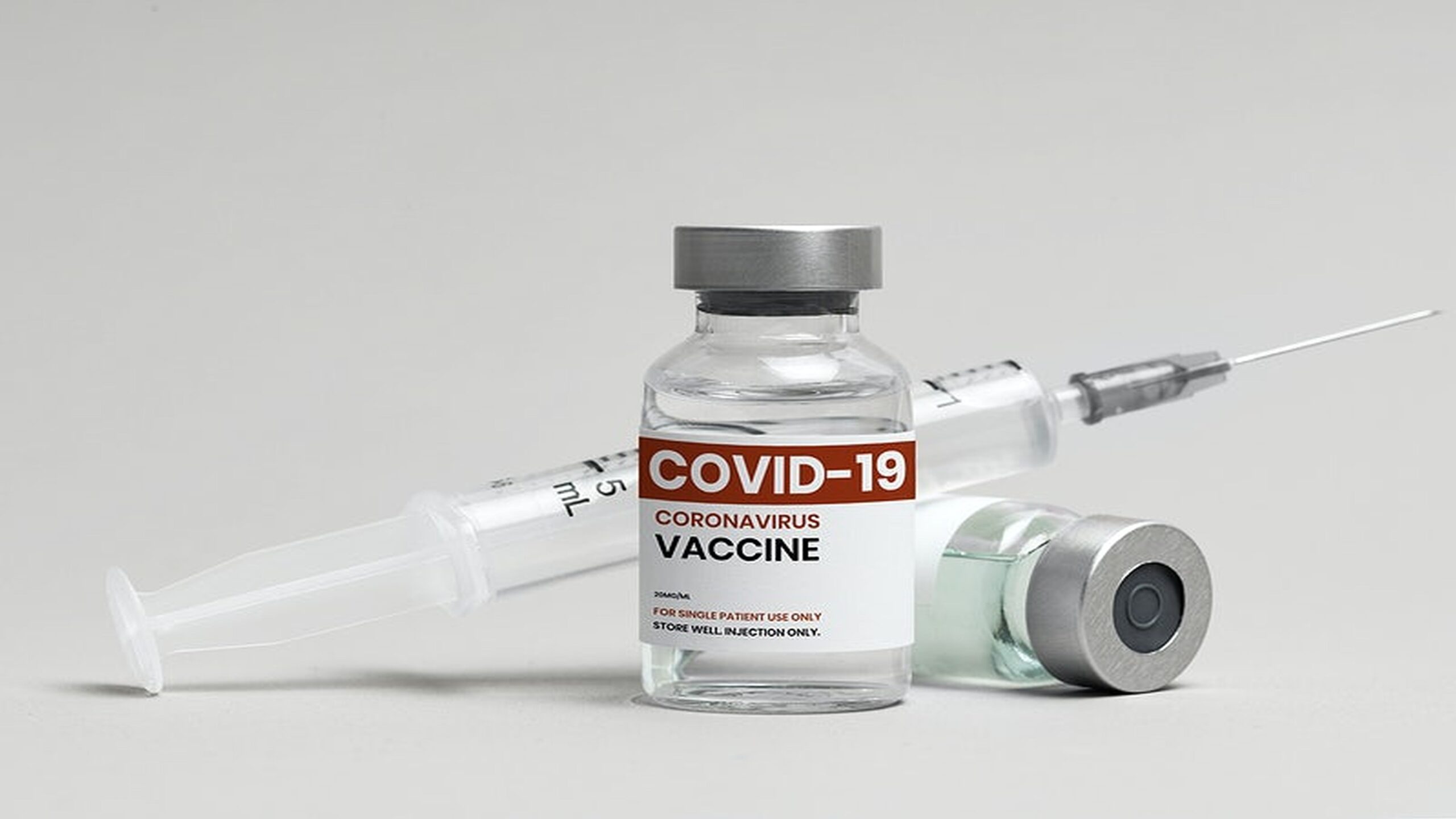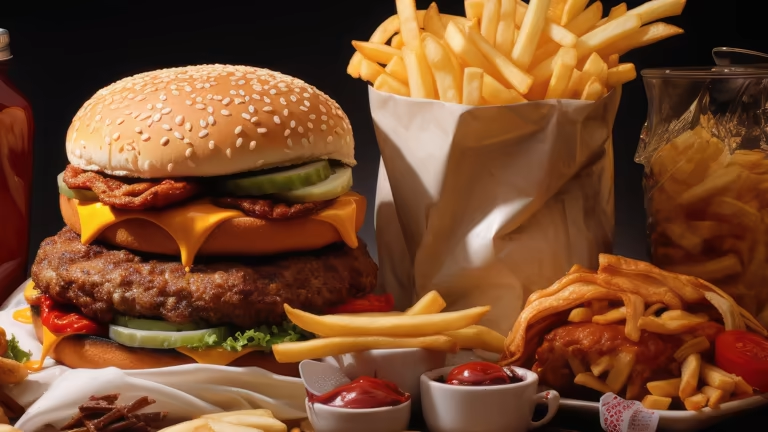Throughout human history, few innovations have done more to protect lives than vaccines. They’re quiet heroes, injected into the arms of children and adults alike, often without fanfare—yet their impact echoes through every healthy society on Earth. Where once smallpox ravaged entire continents and polio left children paralyzed for life, vaccines now stand like silent sentinels, guarding us from ancient terrors and modern threats.
But how do these tiny vials of fluid provide such mighty protection? How does a prick on the arm train the body to fight deadly enemies? And why, in our modern world filled with high-tech medicine and miracle cures, do vaccines remain among our most important tools for public health?
This article dives deep into the science, history, and future of vaccines. You’ll learn how they work, how they’re developed, how they’ve changed the course of civilization—and why their story is still being written.
The Basics: What Is a Vaccine?
At its core, a vaccine is a biological preparation that teaches the immune system to recognize and combat pathogens—viruses, bacteria, and other microorganisms that cause disease.
The key idea behind vaccination is simple but profound: instead of waiting to become sick and then fighting off an infection, what if we could prepare the body in advance? What if we could train the immune system the same way a soldier trains for battle—through practice and simulation?
Vaccines contain harmless versions or fragments of a pathogen. These might be:
- Inactivated (killed) viruses or bacteria
- Attenuated (weakened) live versions
- Subunits, such as a protein from the pathogen
- Toxoids, which are inactivated toxins produced by bacteria
- mRNA or viral vector instructions for building a piece of the pathogen inside the body
Each of these types has different strengths and risks, but they all serve the same purpose: to expose the immune system to something foreign and recognizable, without causing actual disease. This exposure prompts the immune system to produce antibodies, specialized proteins that identify and neutralize invaders, and to activate memory cells that “remember” how to fight the pathogen if it appears again.
The result? Immunity—your body’s future readiness to stop an infection before it can make you sick.
The Immune System: Nature’s Defense Mechanism
To appreciate how vaccines work, we must first understand the human immune system, one of the most complex and sophisticated systems in the natural world.
The immune system operates like a vast surveillance network, constantly scanning the body for invaders. When a pathogen breaches the body’s external barriers—such as the skin or mucous membranes—the immune system springs into action.
There are two main arms of the immune response:
1. Innate Immunity
This is the body’s first line of defense, a fast but nonspecific response. It includes physical barriers (like skin), chemical barriers (like stomach acid), and cells (like macrophages and neutrophils) that attack anything unfamiliar.
2. Adaptive Immunity
This is the targeted response, slower to activate but more powerful and specific. It includes:
- B cells, which produce antibodies
- T cells, which kill infected cells or help other immune cells function
- Memory cells, which linger after an infection to ensure faster, stronger responses next time
Vaccines work by triggering the adaptive immune system without causing full-blown illness. It’s like showing the body a “wanted poster” of a criminal before the criminal shows up. When the real pathogen arrives, the immune system is already on high alert.
A Short History of Vaccination: From Cowpox to COVID
The concept of immunization dates back centuries, but the story of modern vaccines begins in the late 18th century with Edward Jenner, an English physician. Observing that milkmaids who contracted cowpox didn’t get smallpox, he hypothesized that exposure to one could protect against the other.
In 1796, he tested his theory by infecting a young boy with cowpox, then later exposing him to smallpox. The boy did not get sick. The first vaccine—derived from the Latin vacca, meaning “cow”—was born.
That experiment laid the groundwork for the eradication of smallpox, one of humanity’s deadliest diseases. By 1980, thanks to a coordinated global vaccination campaign, smallpox was declared eradicated by the World Health Organization. It remains the only human disease ever wiped from the planet.
Since then, vaccines have been developed for dozens of diseases: polio, measles, mumps, rubella, diphtheria, tetanus, pertussis (whooping cough), hepatitis, influenza, HPV, and most recently, COVID-19.
The evolution of vaccine technology has accelerated dramatically in the 21st century. Where once it took decades to develop a vaccine, the COVID-19 pandemic saw multiple vaccines produced in under a year—thanks to decades of prior research into mRNA, viral vectors, and global collaboration.
Types of Vaccines: Different Paths to Protection
Not all vaccines are created equal. Scientists have developed a variety of methods to teach the immune system without causing illness. Each type comes with its own advantages and trade-offs.
1. Live Attenuated Vaccines
These contain a weakened form of the virus or bacteria that can still replicate, but not cause disease in healthy individuals. They provide long-lasting immunity and strong responses.
Examples: Measles, Mumps, Rubella (MMR), yellow fever, chickenpox
Pros: Strong, long-term immunity
Cons: Not suitable for immunocompromised people; must be refrigerated
2. Inactivated Vaccines
These use viruses or bacteria that have been killed, usually with heat or chemicals.
Examples: Polio (IPV), hepatitis A, rabies
Pros: Safe for nearly everyone
Cons: Often require boosters
3. Subunit, Recombinant, and Conjugate Vaccines
These use only parts of the pathogen—often surface proteins or sugars—to stimulate immunity.
Examples: HPV, hepatitis B, whooping cough
Pros: Very safe; fewer side effects
Cons: May need adjuvants (boosters) to enhance response
4. Toxoid Vaccines
These use inactivated toxins produced by bacteria rather than the bacteria themselves.
Examples: Tetanus, diphtheria
Pros: Effective against toxin-based diseases
Cons: May require boosters
5. mRNA Vaccines
A recent breakthrough, mRNA vaccines provide instructions for the body’s own cells to make a piece of the virus (like the spike protein of SARS-CoV-2), prompting an immune response.
Examples: Pfizer-BioNTech and Moderna COVID-19 vaccines
Pros: Rapid development; no live virus used
Cons: Need cold storage; new technology with evolving understanding
6. Viral Vector Vaccines
These use a harmless virus (like an adenovirus) to deliver genetic material from the pathogen into human cells, triggering an immune response.
Examples: Johnson & Johnson COVID-19 vaccine, Ebola vaccine
Pros: Strong response; stable
Cons: Pre-existing immunity to the vector may reduce effectiveness
Herd Immunity: Protecting the Community
Vaccines don’t just protect individuals—they protect communities. This is the concept of herd immunity.
When enough people are immune to a disease, it becomes harder for the pathogen to spread. This breaks the chain of transmission, reducing the chances of outbreaks. Herd immunity is especially crucial for those who can’t be vaccinated—such as newborns, elderly individuals, or people with weakened immune systems.
For each disease, there’s a threshold percentage of immune individuals needed to achieve herd immunity. For example:
- Measles: ~95%
- Polio: ~80%
- COVID-19: estimated 70–90% (depending on variant)
Vaccination is not just a personal decision—it’s a communal responsibility. Every shot contributes to a network of protection, turning vulnerable populations into defended strongholds.
Safety First: How Vaccines Are Tested and Monitored
One of the greatest misconceptions about vaccines is that they are rushed or unsafe. In reality, vaccines are among the most carefully tested and monitored medical products in the world.
The development of a vaccine typically follows this process:
1. Preclinical Research
Laboratory and animal studies determine if the vaccine candidate produces an immune response.
2. Phase I Trials
A small group of healthy volunteers receive the vaccine to test safety and dosage.
3. Phase II Trials
More people receive the vaccine to assess effectiveness and side effects.
4. Phase III Trials
Thousands or tens of thousands of participants are enrolled to evaluate safety, efficacy, and detect rare side effects.
5. Regulatory Review
Agencies like the FDA, EMA, or WHO review the data before approving the vaccine for public use.
6. Post-Market Surveillance (Phase IV)
Even after approval, vaccines are continuously monitored through systems like VAERS (Vaccine Adverse Event Reporting System) to identify any long-term or rare adverse effects.
It’s important to remember that no medical intervention is risk-free. But vaccines undergo more scrutiny than most, and the benefits overwhelmingly outweigh the risks. Serious side effects are exceedingly rare—often less than one in a million.
Myths and Misconceptions: Fighting the Misinformation Virus
Despite their proven benefits, vaccines have been plagued by misinformation. In the age of social media, false claims can spread faster than the diseases themselves.
Some common myths include:
- Vaccines cause autism: This myth originated from a fraudulent study in 1998, which has since been debunked and retracted. Numerous studies involving millions of children have found no link between vaccines and autism.
- Natural immunity is better: While natural infection can confer immunity, it also carries the risk of severe illness, long-term damage, or death. Vaccines provide protection without the suffering.
- Vaccines contain dangerous toxins: Ingredients like formaldehyde, aluminum, or thimerosal are used in trace amounts and are far below harmful levels. The body naturally encounters and processes these substances regularly.
- Too many vaccines overwhelm the immune system: Infants encounter thousands of new antigens daily. The vaccine schedule is designed to work with the immune system, not against it.
Education and transparency are essential to combating misinformation. Trust in vaccines grows when people understand how they work, how they’re made, and why they’re safe.
The Future of Vaccination: New Frontiers
The future of vaccines is bright—and bold. Research is pushing the boundaries in exciting ways:
- Universal vaccines: Scientists are working on a universal flu vaccine that would protect against all influenza strains, as well as a potential universal coronavirus vaccine.
- Cancer vaccines: Therapeutic vaccines are being developed to train the immune system to recognize and destroy cancer cells, particularly in melanoma and cervical cancer.
- DNA and RNA vaccines: Beyond mRNA, researchers are exploring self-amplifying RNA and DNA vaccines that are cheaper and easier to store.
- Edible vaccines: In the future, vaccines could be delivered via genetically engineered fruits or vegetables, simplifying distribution and access.
- Needle-free delivery: Microneedle patches and nasal sprays could replace traditional injections, improving compliance and comfort.
- Global equity initiatives: New technologies are making it possible to produce vaccines faster, cheaper, and more locally, closing the gap between rich and poor nations.
Conclusion: A Legacy of Protection
Vaccines are not just tools of medicine. They are triumphs of science, courage, and compassion. They embody centuries of effort to understand nature, master biology, and protect the vulnerable.
From cowpox to COVID, from needles to nanotechnology, the story of vaccines is one of hope—of human ingenuity triumphing over invisible threats.
They do not just save lives. They give us the chance to live them—freely, fully, and fearlessly.
As we look to the stars and deeper into our own cells, vaccines will remain a cornerstone of civilization. A reminder that sometimes, the greatest miracles are not the loudest—but the quietest shields we carry inside us.






